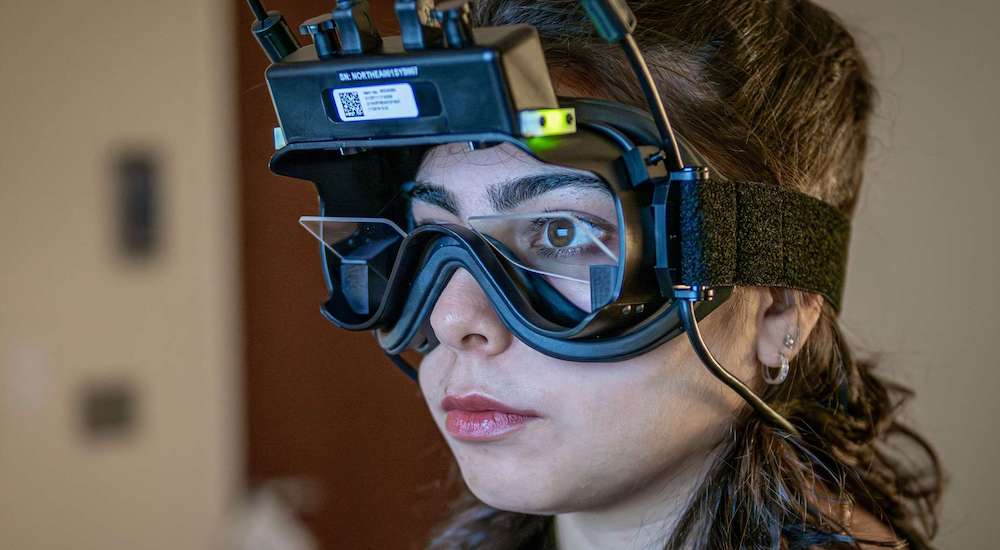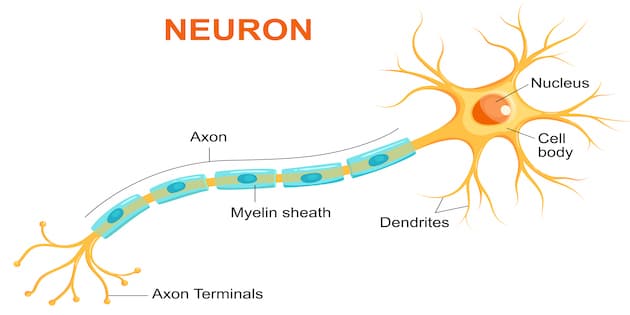New approach for auditory profiling and characterization of individual hearing loss
Hearing profile
Researchers from the Technical University of Denmark and Rigshospitalet Department of ORL, Head and Neck Surgery and Audiology recently published an article on a data-driven approach to hearing loss profiling.

The article provides the background to the research explaining that pure-tone audiometry is still the main measure to characterize individual hearing loss but that certain specificities of hearing loss are not captured by the audiogram. These are the perceptual consequences of hearing loss that are typically associated not only with a loss of sensitivity but also with a loss of clarity.
In the study, the authors hypothesized that any listener’s hearing profile can be characterized along two dimensions of distortion, which they call type I and type II. In their model, type I can be linked to factors affecting audibility, while type II reflects non-audibility–related distortions.
The research team reanalyzed individual performance data from two previous studies using an unsupervised-learning technique to identify extreme patterns in the data. They also developed a decision tree to classify the listeners into one of the profiles. Details of their methodology are included in the publication. The results showed that the most significant predictors for profile identification were related to binaural processing, auditory non-linearity, and speech-in-noise perception.
As a conclusion, the article reports that this approach could be valuable for analyzing other data sets. The aim would be to select the most relevant tests for auditory profiling and to propose more efficient hearing-deficit compensation strategies.
Source: Sanchez Lopez R, et al. Data-Driven Approach for Auditory Profiling and Characterization of Individual Hearing Loss. Trends in Hearing. 2018 Jan-Dec;22:2331216518807400.



